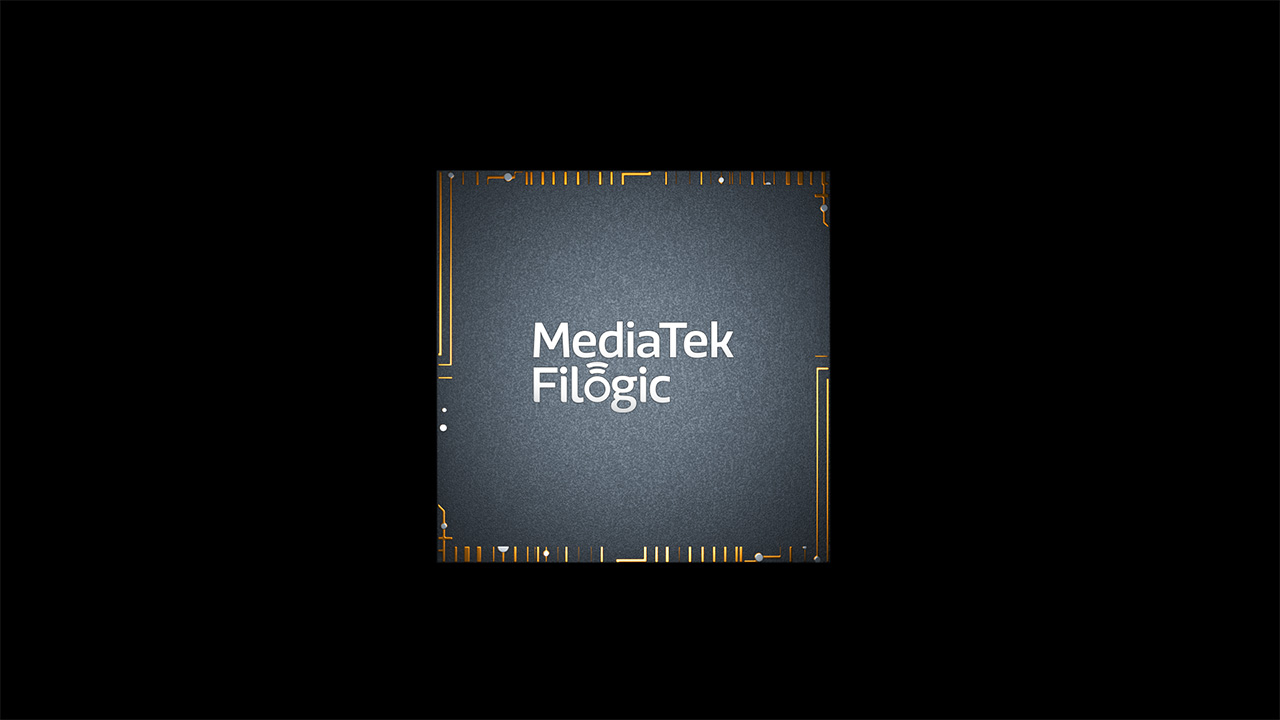Mediatek Shows First Live Wi-Fi 7 Demo
Products with Wi-Fi 7 are expected to hit the market starting in 2023.
Taiwanese semiconductor company and wireless communication specialist Mediatek (via PR Newswire) has, for the first time demonstrated what it’s calling Wi-Fi 7, offering higher speeds and lower latencies than the current king of the wireless frontier, Wi-Fi 6E.

Mediatek’s demo was designed to show off its Wi-Fi 7 Filogic connectivity SOCs, based on an Arm Cortex-A53 CPU and a Mediatek network accelerator, transferring data at 802.11be’s maximum speed of 30 Gbps using multi-link channel aggregation to allow data to flow seamlessly around network congestion. Wi-Fi 7 is expected to add new technology to all bands while retaining backward compatibility, including the stagnant and cluttered 2.4GHz spectrum, and should deliver speeds 2.4x faster than Wi-Fi 6 using the same number of antennas.
"The rollout of Wi-Fi 7 will mark the first time that Wi-Fi can be a true wireline/Ethernet replacement for super high-bandwidth applications," said Alan Hsu, corporate vice president and general manager of the Intelligent Connectivity business at MediaTek. "MediaTek's Wi-Fi 7 technology will be the backbone of home, office and industrial networks and provide seamless connectivity for everything from multi-player AR/VR applications to cloud gaming and 4K calls to 8K streaming and beyond."
Based on the 802.11be protocol, Wi-Fi 7 (also snappily known as Wi-Fi Extremely High Throughput) has yet to see an initial draft of its amendments to the Wi-Fi standard, with a final version not due until 2024. It is expected to continue Wi-Fi’s invasion of the 6 GHz spectrum band, and could provide up to 320MHz of bandwidth , improvements to MIMO (up to 16 streams) and multi-band/multi-channel aggregation. What this means is faster, more stable Wi-Fi necessary for demanding applications such as cloud gaming and 8K video streaming.
Get Tom's Hardware's best news and in-depth reviews, straight to your inbox.

Ian Evenden is a UK-based news writer for Tom’s Hardware US. He’ll write about anything, but stories about Raspberry Pi and DIY robots seem to find their way to him.